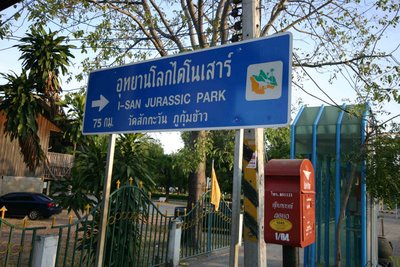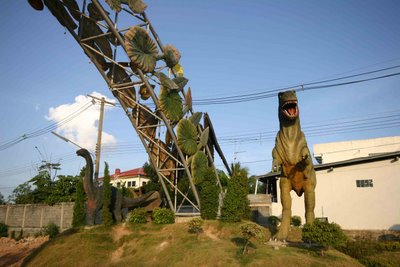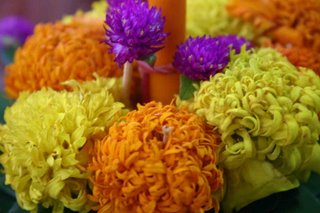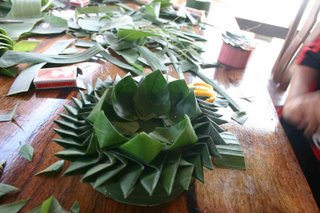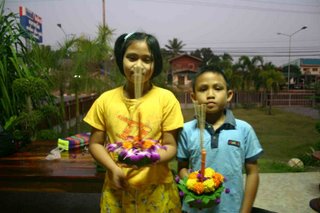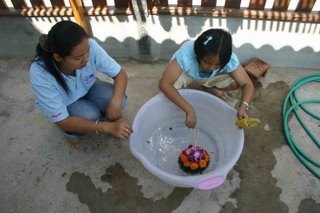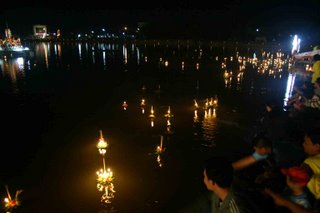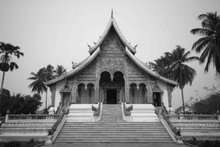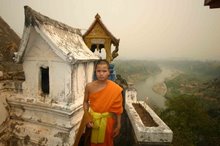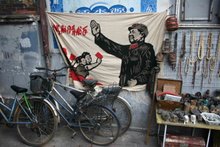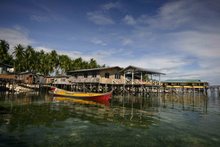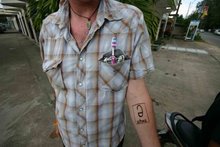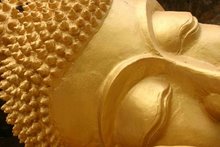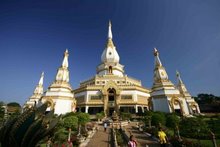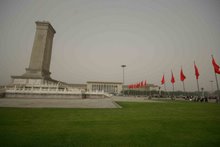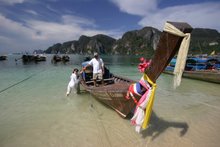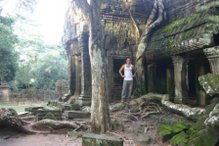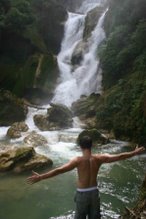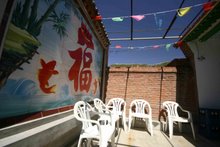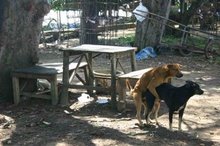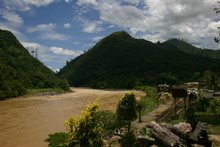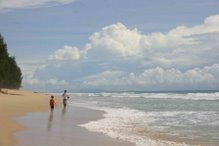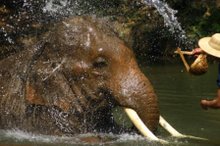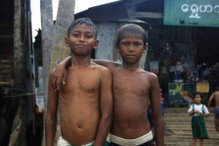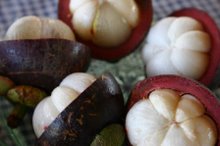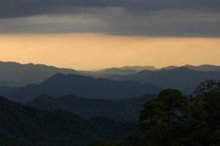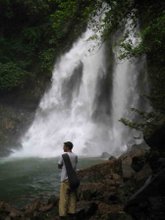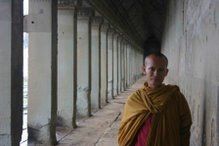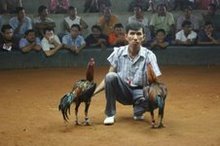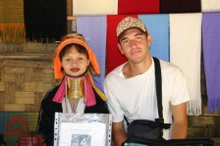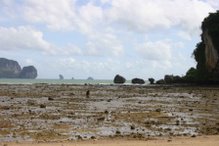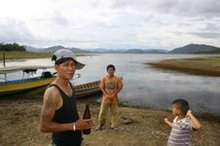I realized that many people who read my blog might not have an idea of what exactly I'm doing in the middle of nowhere in Thailand. Thus, I figure, I must catch everyone up to speed.
I currently live in a small town of Buakhao in the district of Kuchinarai. This is in Isaan, or the northeastern, rural part of Thailand. I live in Jangwat Kalasin, or Kalasin Province. This isn't particularily important to most falang, but in Thailand everyone has pride in their province like we in America have for our respective states. The entire region of Isaan is nearly entirely absent of falang tourism (Thai tourists love to come up here for vacation), which boosts all of us white people up to celebrity status.
Buakhao is a small town of only a single traffic light, though we do have a 7-11. It takes no more than a couple of minutes to get across town and a couple more minutes to get out to the middle of rural-nowhere. Rice and sugar cane are the two major crops around here and they are grown nearly everywhere. Currently, it's rice harvesting season, and this Friday I will get my first chance a cutting rice.
I work at a huge high school of more than 2,500 students. Given that Buakhao is such a small place, I really have no idea where all the students come from, but it must be someplace out in the rice fields. Most are "bussed" in on pick-up trucks and tuk-tuks. Maybe one day I'll follow one of the tuk-tuks out of school to see where they go.
I am teaching English to high schoolers, the Thai equivilants to 9th, 10th, and 11th grade. I teach 4 hours a day though I have to stay on campus during off hours and am even forced to stay an extra half an hour after school for some -important- reason unbeknownst to me. Still, my wages (30,000 baht a month, or $750) are ample, especially in comparison to the average teacher salary (10,000 baht) so I do not complain.

I live with a Thai family about a hundred meters down the road from school, in small house behind the main residence. The family is rich by Isaan standards, and it's obvious looking at their home and it's landscaping. It's a young family of mother (Pee Meaw), father (Pee Took), brother (Min) and sister (Mon). The kids are 9 and 10 years old, and are little angels. I'm constantly amazed at how well they play together, how they never cry or fight, and how they always share every single thing they have.

My Thai mom (though she prefers to be considered an older sister) is a dentist and my Thai dad (older brother) works in Public Health. Their combined salary just eclipses mine, though they also have a farm of rice fields and rubber trees outside of town. It is an ideal living situation, enjoying Thai culture with a very traditional family that also has respect for my western way of life. They teach me about Thai culture, traditions, and language, and I offer them insight on the differences between their lives and mine at home. Though the find the idea of our western lives interesting, they always conclude that it's better where they are, in Isaan.
My teaching job is one semester long, September through February, though the family has already asked me to stay longer. They appreciate having a falang guest that is interested in Thai culture, eats even the spiciest Thai food, and who is also happy to teach their kids English in his free time. For me, teaching English is the least I can do to say Thank You for their incredible hospitality.
My house is a simple one, two rooms and bathroom. My bedroom is barren by western standards; only a dresser, a table and a bed sit in the room. In the other room I only have a shoe rack, since shoes are never to be worn inside. Other than that, my tiled floor sits empty and my white walls stand undecoratd. I've thought about "decorating" the place, but I hardly ever spend time there. My bathroom has a squat toilet (basically a hole in the floor), my shower has only freezing cold water, and since it's open to the outside, the bathroom is frequented by unwanted insect visitors.
There are three different waterfalls within 30 kilometers of my home though I've still only been to one of them. The rice fields dominate the landscape, and with them are the likely Thai livestock: chickens, cows, and water buffalo. I continue to be shocked by buffalo and cows walking down the streets, a sight that Thais think is as common as smiles.
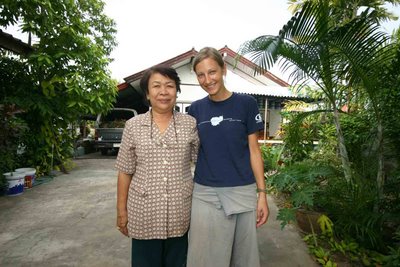
Lara, my friend from Melbourne, teaches at the same school and lives further into town. She lives with another Thai family that, well, we'll say isn't so respectful of the privacy we falang expect and need in our lives. Perhaps I will write about this as another entry, another day, but her Thai "mom" slash "land lady" is constantly in her business. Above is the happy couple in front of Lara's place.










